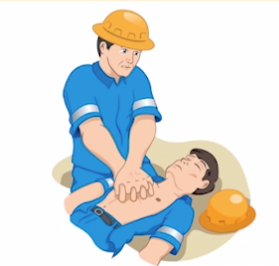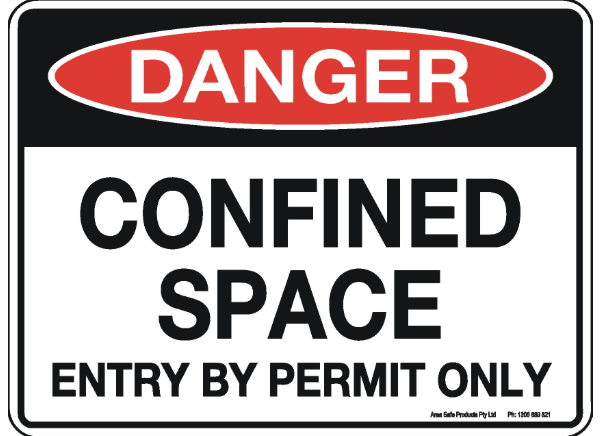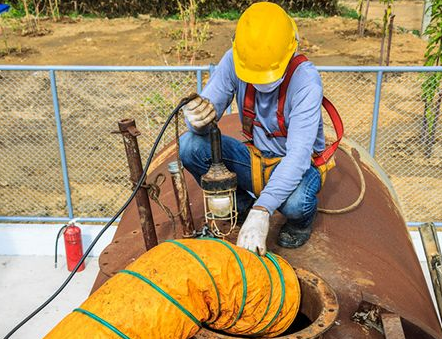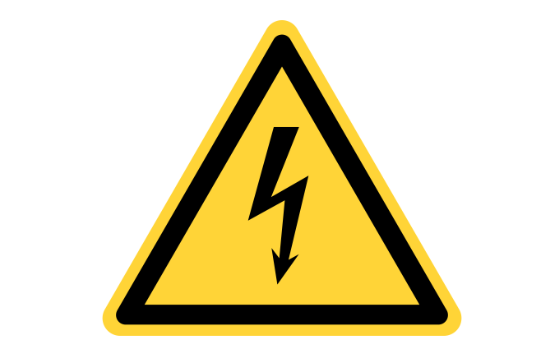-

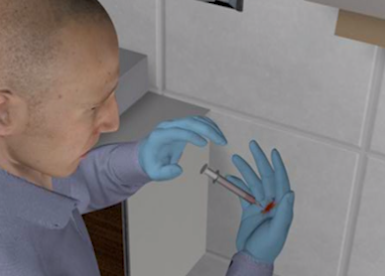 Bloodborne pathogens are viruses carried in human blood and other body fluids that cause disease in people. There are many different bloodborne pathogens, including malaria and syphilis, but the human immunodeficiency virus (HIV), hepatitis B (HBV), and hepatitis C (HCV) viruses, which can each lead to liver cancer, pose the most serious threat of workplace exposure. Perhaps no other profession is more at risk of the hazards posed by bloodborne pathogens than the medical profession, but that’s not to say that awareness and prevention measures shouldn’t be prevalent in all workplaces, because the price of ignorance can be very costly and simple understanding of some bloodborne pathogen basics, really can save lives. The goal of this training course is to educate employees to minimize their exposure to bloodborne pathogens.
Bloodborne pathogens are viruses carried in human blood and other body fluids that cause disease in people. There are many different bloodborne pathogens, including malaria and syphilis, but the human immunodeficiency virus (HIV), hepatitis B (HBV), and hepatitis C (HCV) viruses, which can each lead to liver cancer, pose the most serious threat of workplace exposure. Perhaps no other profession is more at risk of the hazards posed by bloodborne pathogens than the medical profession, but that’s not to say that awareness and prevention measures shouldn’t be prevalent in all workplaces, because the price of ignorance can be very costly and simple understanding of some bloodborne pathogen basics, really can save lives. The goal of this training course is to educate employees to minimize their exposure to bloodborne pathogens. -

 This lesson covers the required awareness training on the occupational hazards common to the handling and use of chemicals, measures you can take to protect yourself from chemical hazards, safe practices for chemical storage and waste disposal, and the correct response to emergency situations involving chemical spills. This lesson does not cover information related to radiological agents, explosives, and biohazardous/infectious agents.
This lesson covers the required awareness training on the occupational hazards common to the handling and use of chemicals, measures you can take to protect yourself from chemical hazards, safe practices for chemical storage and waste disposal, and the correct response to emergency situations involving chemical spills. This lesson does not cover information related to radiological agents, explosives, and biohazardous/infectious agents. -
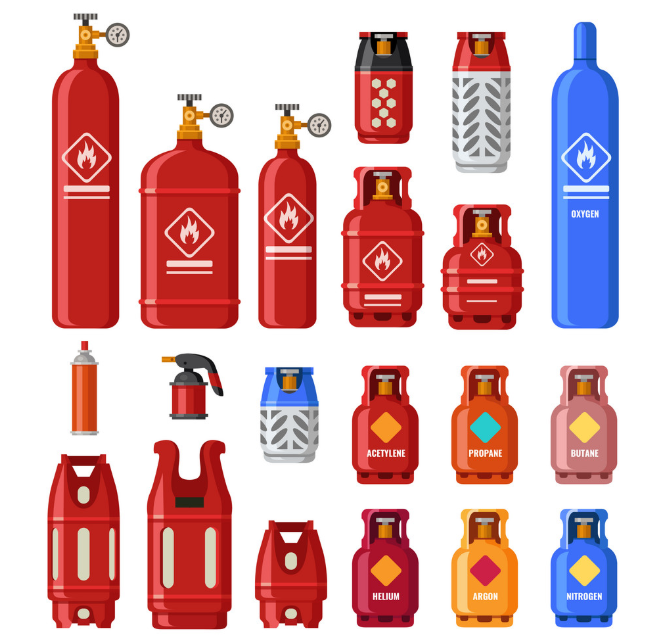 In order to recognize the hazards posed by compressed gas cylinders, you must first be able to recognize the specific parts of the cylinder and have a general knowledge of how these things work. Compressed gas cylinders can pose the hazard of an explosion when the metal pressure vessel fails. A common factor in that scenario is the misuse or abuse of the cylinder or valve while it is under pressure. Another hazard is the sudden release of pressure from the cylinder, as mentioned above. The purpose of this lesson is to address the hazards inherent in compressed gas and provide best practices for using, moving, and storing compressed gas containers.
In order to recognize the hazards posed by compressed gas cylinders, you must first be able to recognize the specific parts of the cylinder and have a general knowledge of how these things work. Compressed gas cylinders can pose the hazard of an explosion when the metal pressure vessel fails. A common factor in that scenario is the misuse or abuse of the cylinder or valve while it is under pressure. Another hazard is the sudden release of pressure from the cylinder, as mentioned above. The purpose of this lesson is to address the hazards inherent in compressed gas and provide best practices for using, moving, and storing compressed gas containers. -
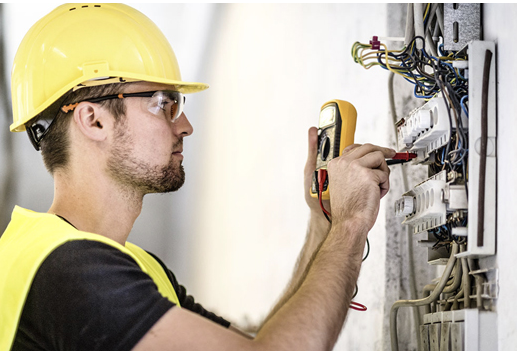
 Electrical safety training is important and often required workplace safety training. Electrical safety training does not make you or your employees a licensed electrician. Rather it teaches you limitations as an unlicensed person and how to identify unsafe conditions so you don’t become a statistic. Electricity is everywhere, so reliable and useful these days that it is often taken for granted, and it is somewhat shocking how little is actually understood about its properties by the general public, another reason why electrical safety training is important.
Electrical safety training is important and often required workplace safety training. Electrical safety training does not make you or your employees a licensed electrician. Rather it teaches you limitations as an unlicensed person and how to identify unsafe conditions so you don’t become a statistic. Electricity is everywhere, so reliable and useful these days that it is often taken for granted, and it is somewhat shocking how little is actually understood about its properties by the general public, another reason why electrical safety training is important. -
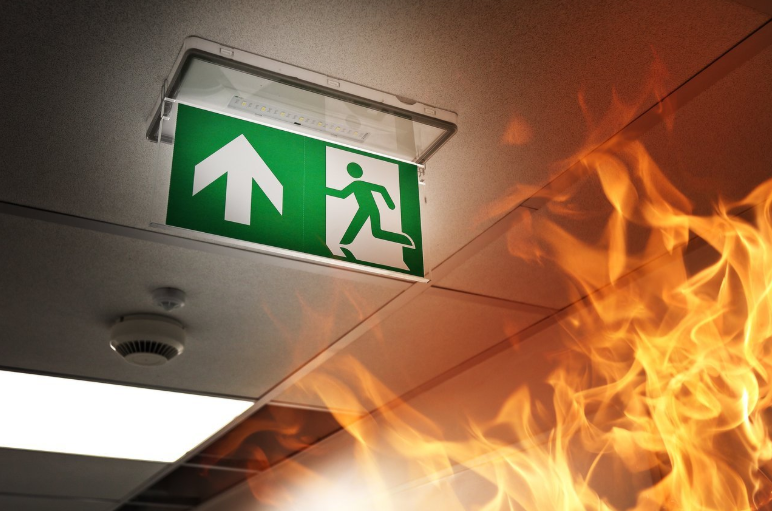
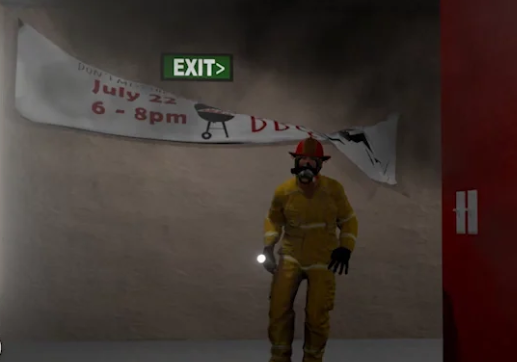 This lesson creates awareness about the dangers of fire and other emergencies, provides an overview of the requirements for emergency action and fire prevention plans, and touches on best practices for responding to alarms and practicing preparedness through drills. This lesson does not cover how to prepare for hazardous waste material emergencies or responses such as cleanup.
This lesson creates awareness about the dangers of fire and other emergencies, provides an overview of the requirements for emergency action and fire prevention plans, and touches on best practices for responding to alarms and practicing preparedness through drills. This lesson does not cover how to prepare for hazardous waste material emergencies or responses such as cleanup. -
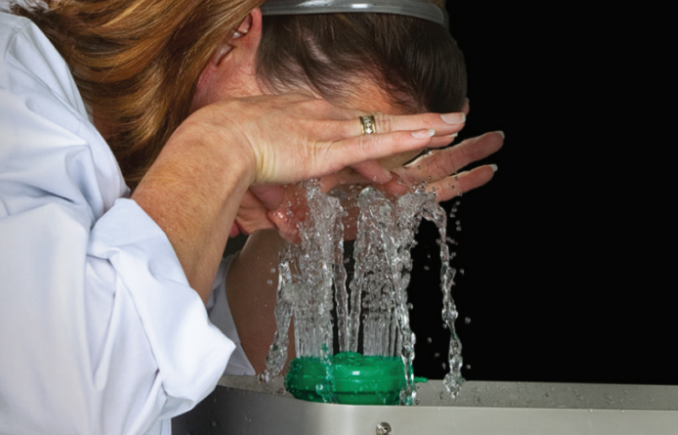
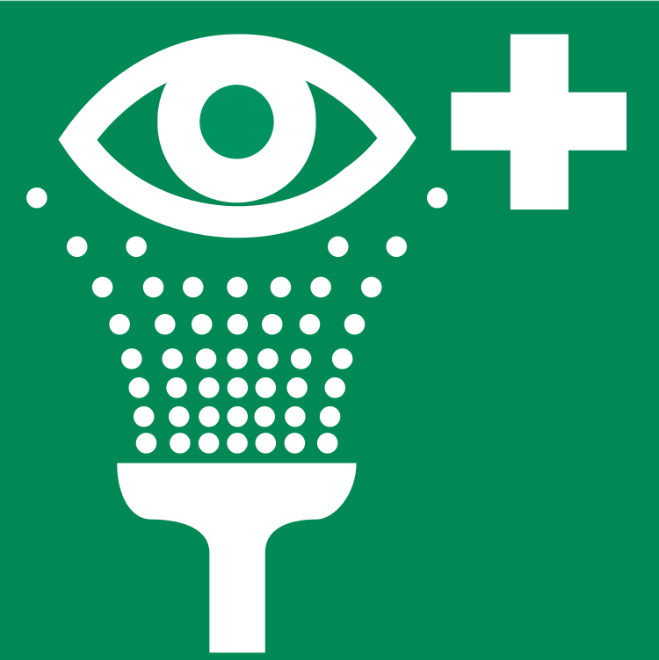 The first 10 to 15 seconds after exposure to a hazardous substance, especially a corrosive substance, are critical. Delaying treatment, even for a few seconds, may cause serious injury. Emergency showers and eyewash stations provide on-the-spot decontamination. They allow workers to flush away hazardous substances that can cause injury.
The first 10 to 15 seconds after exposure to a hazardous substance, especially a corrosive substance, are critical. Delaying treatment, even for a few seconds, may cause serious injury. Emergency showers and eyewash stations provide on-the-spot decontamination. They allow workers to flush away hazardous substances that can cause injury.

